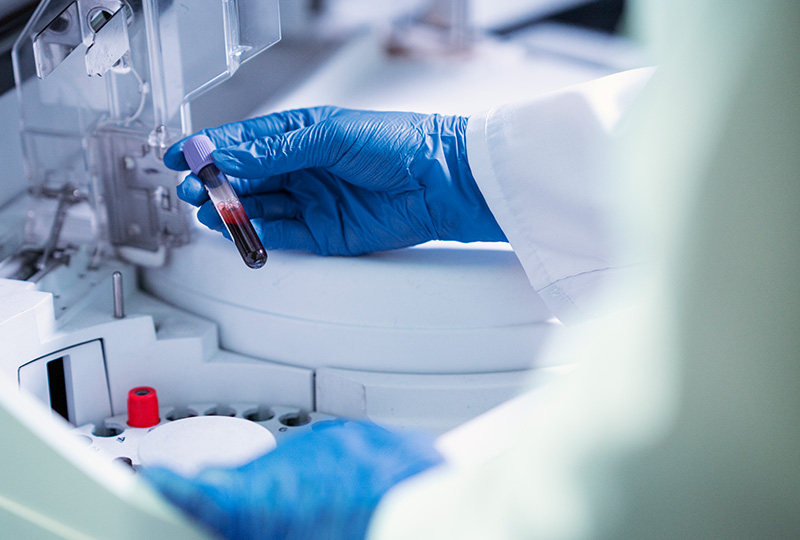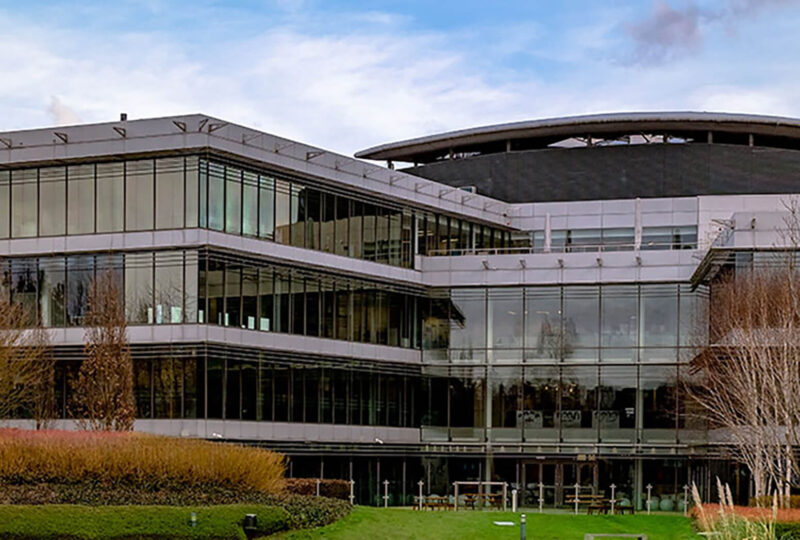Insights
Cutting the human and financial costs of sepsis with precision diagnostics

In recent history, many of us have grown used to our healthcare improving. Thanks to new knowledge and medical technologies we now live longer, and we routinely treat many conditions that posed serious threats to earlier generations. Consequently, our economies have strengthened, which in turn provides the finance for healthcare systems and medical research.
But endless progress is not a given. One emerging threat to our health security is sepsis and the interconnected issue of antimicrobial resistance (AMR). In the UK alone, there were up to 244,158 of sepsis cases in 2020, with an overall economic impact of at least £11.25 billion. AMR is a broader issue that threatens to wipe at least 1% off global gross domestic product annually by 2050.
What’s the issue?
Sepsis is one of the main pathways to death for severe infectious disease and is responsible for one in five deaths worldwide. During septic shock, an infection spreads rapidly and the body’s extreme response can lead to organ failure and death.
The biggest issue right now is that it takes far too long for clinicians to identify the pathogen that has caused sepsis in a patient, and its resistance to different types of antibiotics. Using the decades-old approach of blood cultures, it can take several days to figure out if/what microbes are present, and the specific antibiotics required for treatment. As time ticks by, risks for patients increase and healthcare systems incur multiple costs:
- Tests (often several are required) and treatment
- Provision of a hospital bed
- Medical staff
- Ongoing patient support
There are far-reaching economic impacts linked with patients’ prolonged spells out of work, and the long-term symptoms experienced by up to half of survivors.
AMR comes into the equation because historic overuse has accelerated the process of antibiotic resistance in microorganisms: the bacteria, viruses and fungi that cause the infections that can lead to sepsis. As a result, microbial infections are becoming harder to treat. Broad spectrum antibiotics given to patients awaiting sepsis test results – whether they eventually test positive or not – are exacerbating this AMR issue.
Rethinking sepsis treatment
Our team at GenomeKey has developed a radically different approach to identifying bacteria – including those that cause sepsis – that can save lives and save money, while safeguarding our antibiotics for the future. We can speed up the patient journey, arriving at the right antibiotics more precisely within a few hours rather than days.
The solution leverages our team’s expertise in molecular biology, microbiology and machine learning, developed within the UK’s world-class biotech ecosystem. Instead of performing a blood culture, our automated benchtop device can detect harmful microbes directly from patient blood without the long wait, by combining whole genome sequencing techniques and novel machine learning methods.
Where infectious disease is detected, our algorithms can quickly identify the species and ascertain the AMR profile to map the right antibiotics to the patient. We have already achieved a world-leading accuracy for predicting Staphylococcus aureus resistance. Importantly, the device can also confirm when bacteria are not present in patients’ blood – preventing unnecessary and harmful antibiotic use.
We have sped up the process of bacterial detection, bacterial ID and AMR profile to hours rather than days.
Our technology will require minimal training, and with the ongoing support of our valuable partners we will have a working prototype within two years. Right now, UK hospitals spend £100–£120 on each sepsis test and we are confident that our test will have a comparable cost. The big savings, however, will come from reducing treatment costs as patients will wait significantly less time in ICU with better health outcomes.
Within this current moment of global economic uncertainty, our technology can provide a reliable solution that can bring significant savings to healthcare systems worldwide. Most importantly, speeding up bacterial detection and ID will reinforce health security, allowing people to get back to their homes, their careers, and their loved ones sooner.




